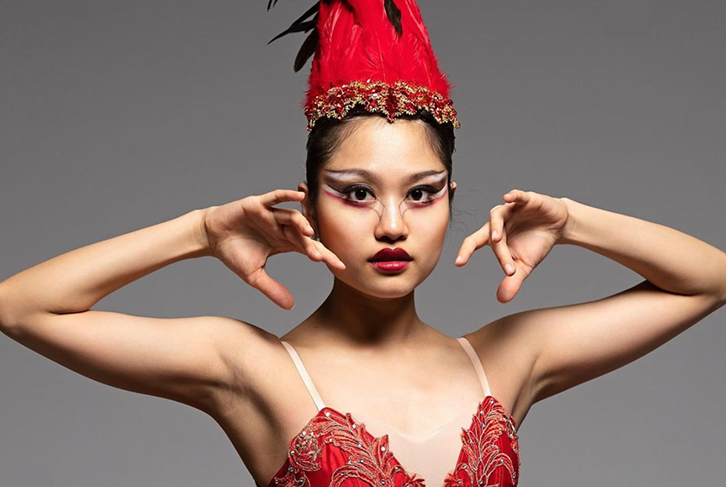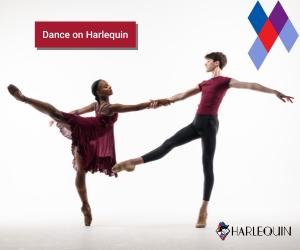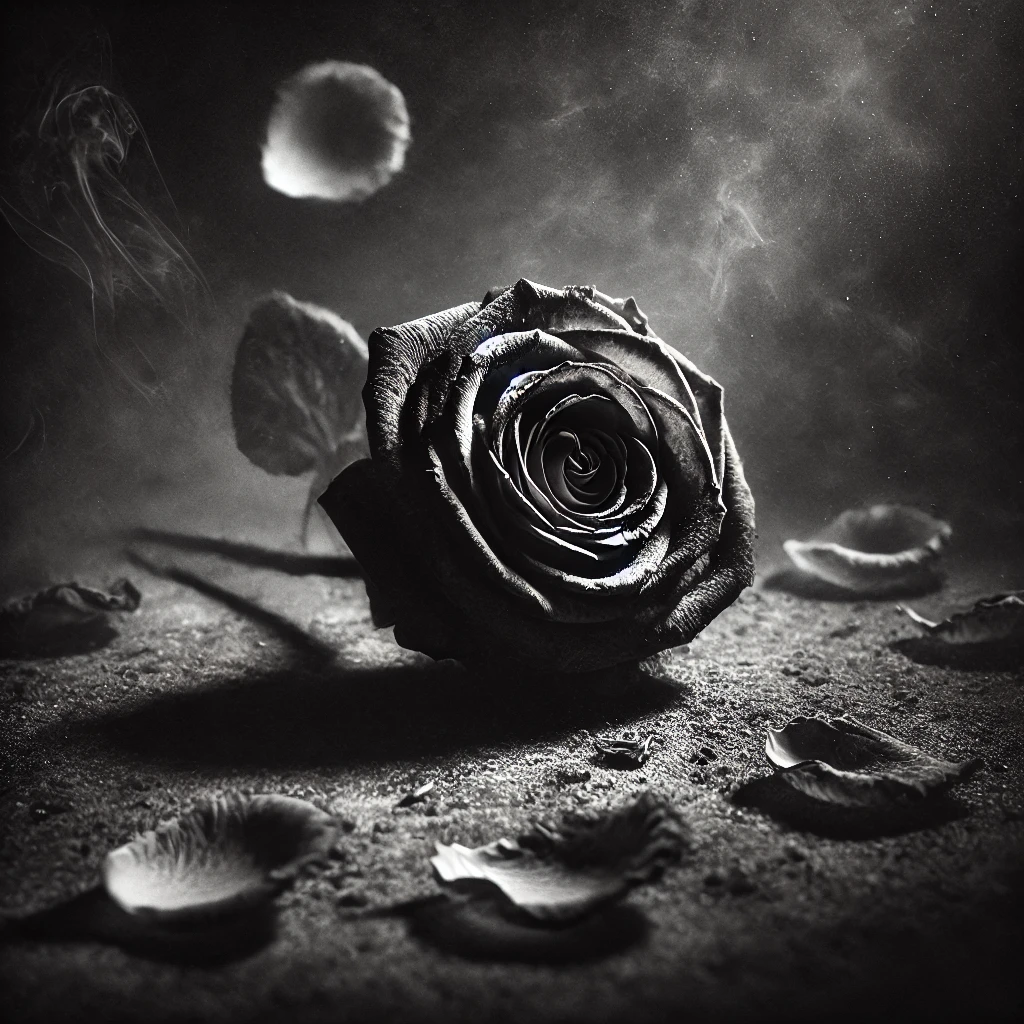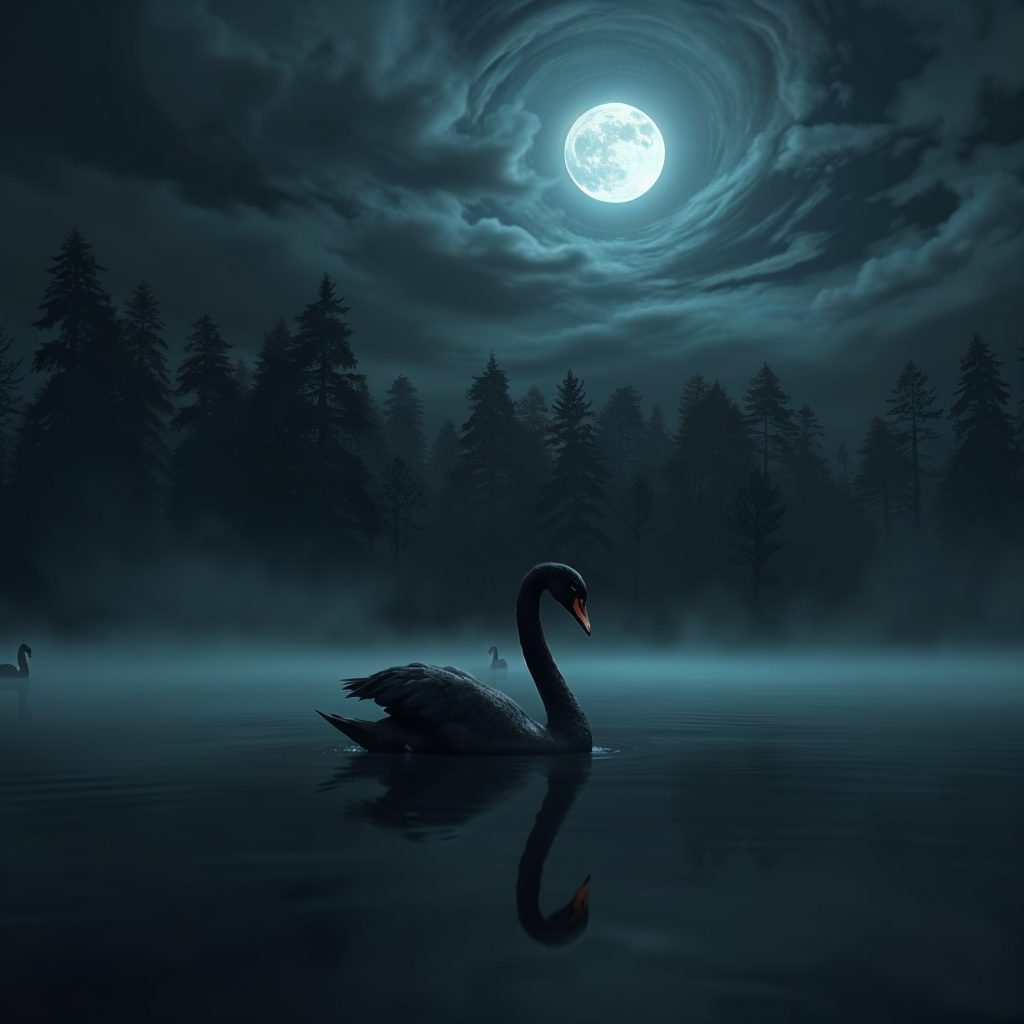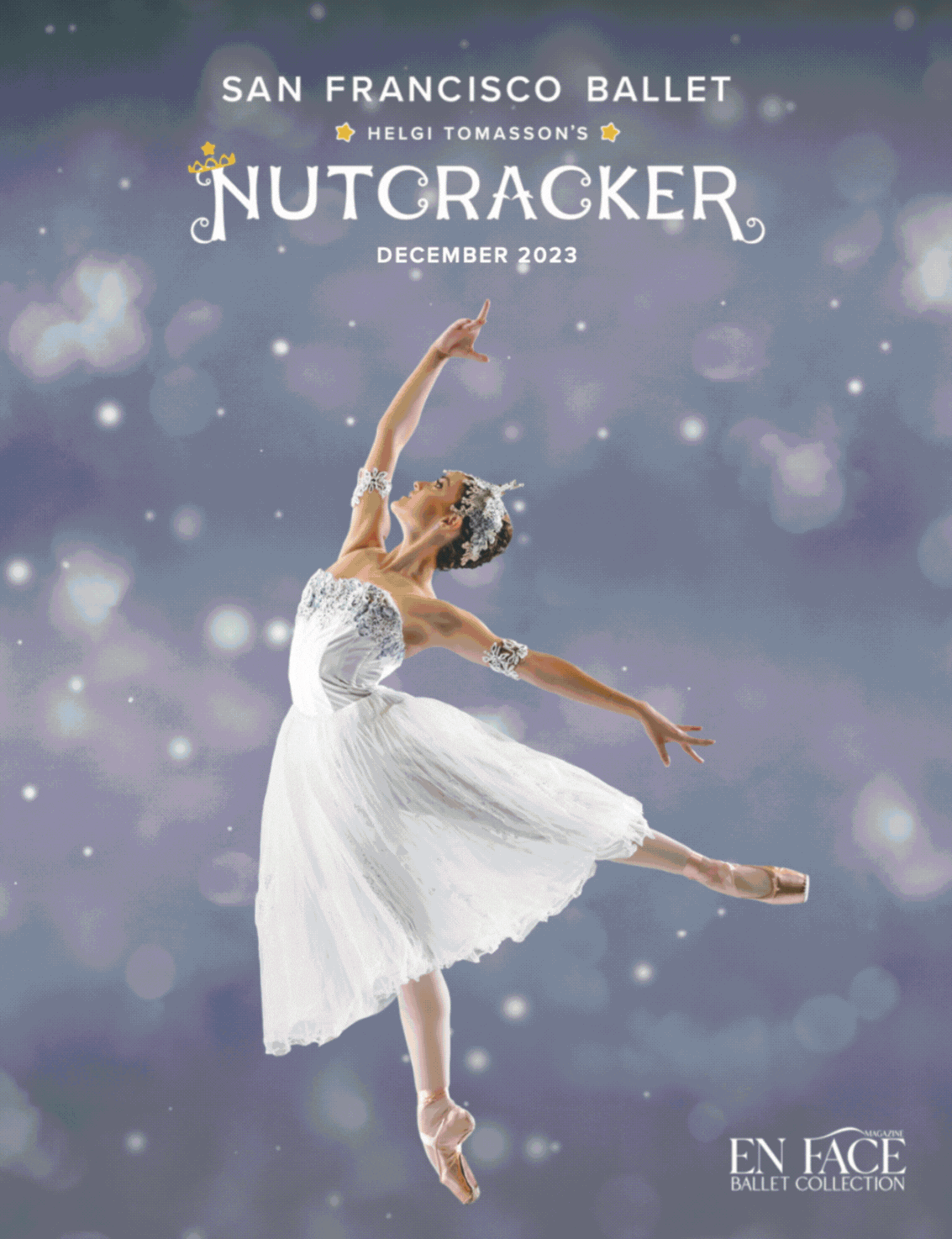Since its premiere at the Theatre National de l’Opera in Paris, many major ballet companies have staged productions of The Firebird, some recreating the original choreography while others designed their own interpretations.

Whether old or new versions, virtually all productions use the Stravinsky music. Stravinsky created three different versions since the original 1910 score, and Ms. Lyras, inspired by George Balanchine, has chosen the 1945 version. Ms. Lyras’ choreography opens the ballet as Prince Ivan, keeping within the shadows, bow taut, enters the garden of Kostcheï.
Instantly, within a whirl and flash of light, The Firebird, a striking woman in bird-like form, descends. Mesmerized by her leaps and turns, her lightness, Prince Ivan steps forward to capture her midway into flight. Earthbound by the weight of his force, The Firebird pleads for her freedom. Something within Ivan transforms him from hunter to protector.
Their pas de deux flows from a mutuality of heart beats. In a gesture of gratitude, The Firebird presents a feather to Ivan as a pledge of her protection should he find himself in trouble. She ascends, leaving Ivan once again in the shadowy periphery of the space, which instantly is transformed with a group of maidens coming forward. Unseen, Ivan watches them, until he is transfixed by one — for him it is love at first sight. Ivan steps forward. Silence. A burst of chaos follows his intrusion. Shyly, the stateliest maiden weaves her way forward and is introduced to Ivan as The Princess. The unfolding pas de deux is youthful love at its most sublime. As time stands still dusk introduces itself.
The maidens rush off to seek safety, while Ivan refuses to heed the Princess’ warning of Kostcheï’s power to turn him into stone. Kostcheï leaps forward with his minions to capture Ivan. They battle. Just as he is about to be overpowered, Prince Ivan wields the feather. Instantly, The Firebird appears and casts a spell. Kostcheï and the ogres fall into a frenzied dance from which they collapse into a deep sleep. Order is restored, with the maidens rescued from harm.
The Firebird ascends, leaving behind her glow, rising musically with a solo horn announcing a new day. With a triumphal fanfare and a stately processional, we are rewarded for our faith in the power of humanity to restore a fractured world to the principles of order and civility.
When the curtain falls, we can feel empowered to seek ways, as does Ivan, to act with kindness and respect to ordinary life, and to step forward when we see injustice. Stravinsky followed the beloved Firebird score with Petrushka (1911) and The Rite of Spring (1913) for Ballet Russes, and then went on, through two world wars constantly to remind us, through his ever-changing oeuvre, that music moves us to transcend base natures into the soaring freedoms of grace.
This article was written by Rita Kohn and first published in The Love Springs Eternal playbill. It is published here courtesy of Indianapolis Ballet. Click here to learn more and read the playbill.

